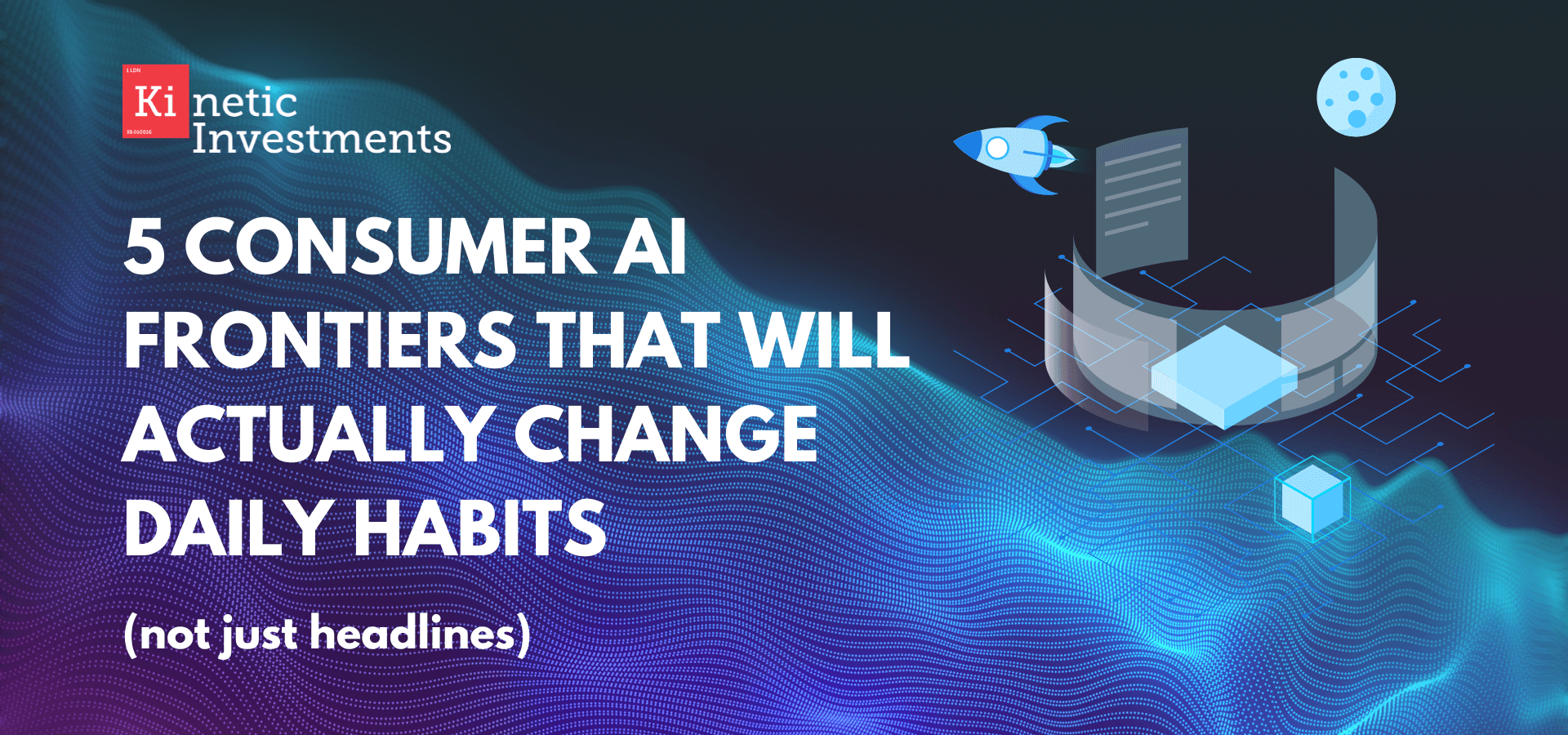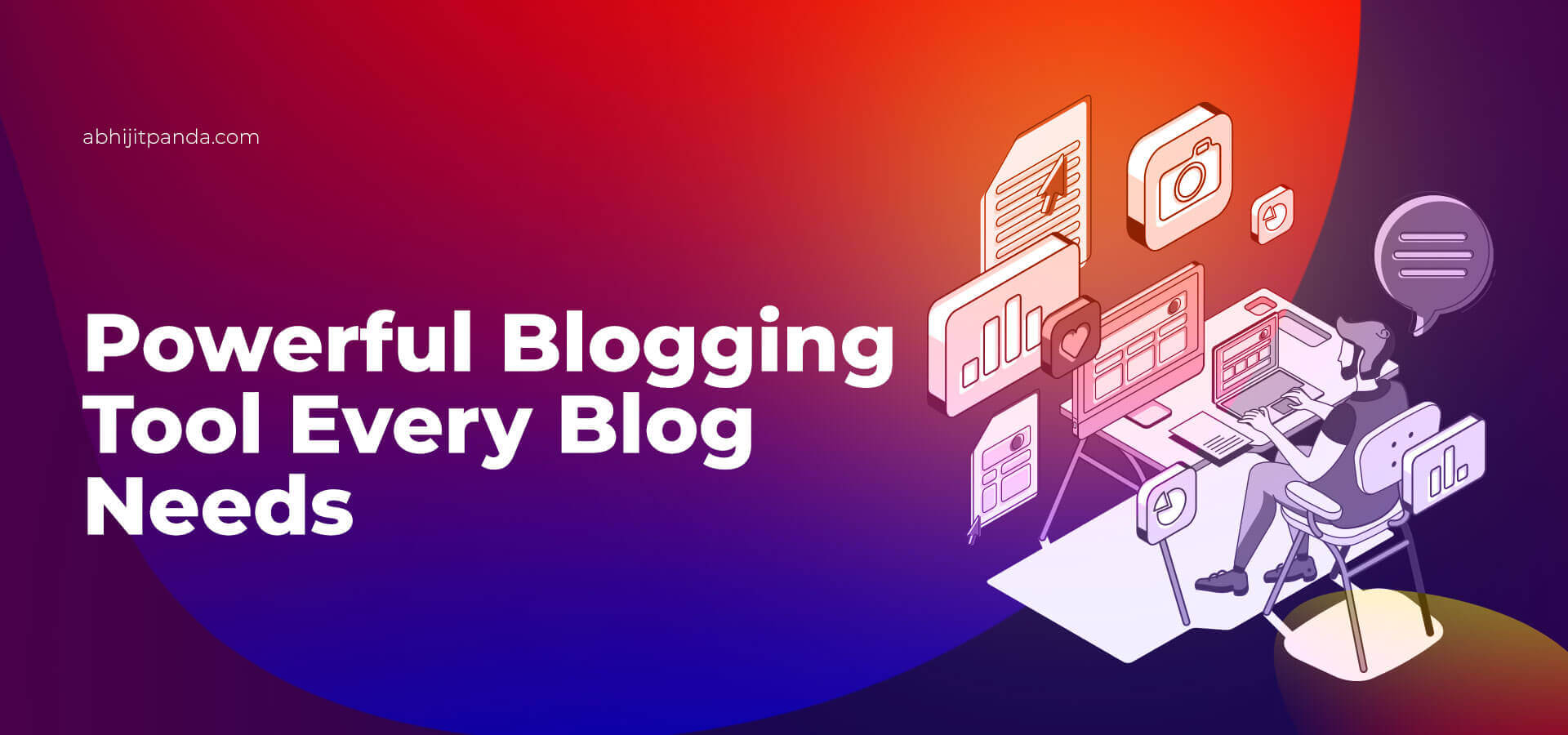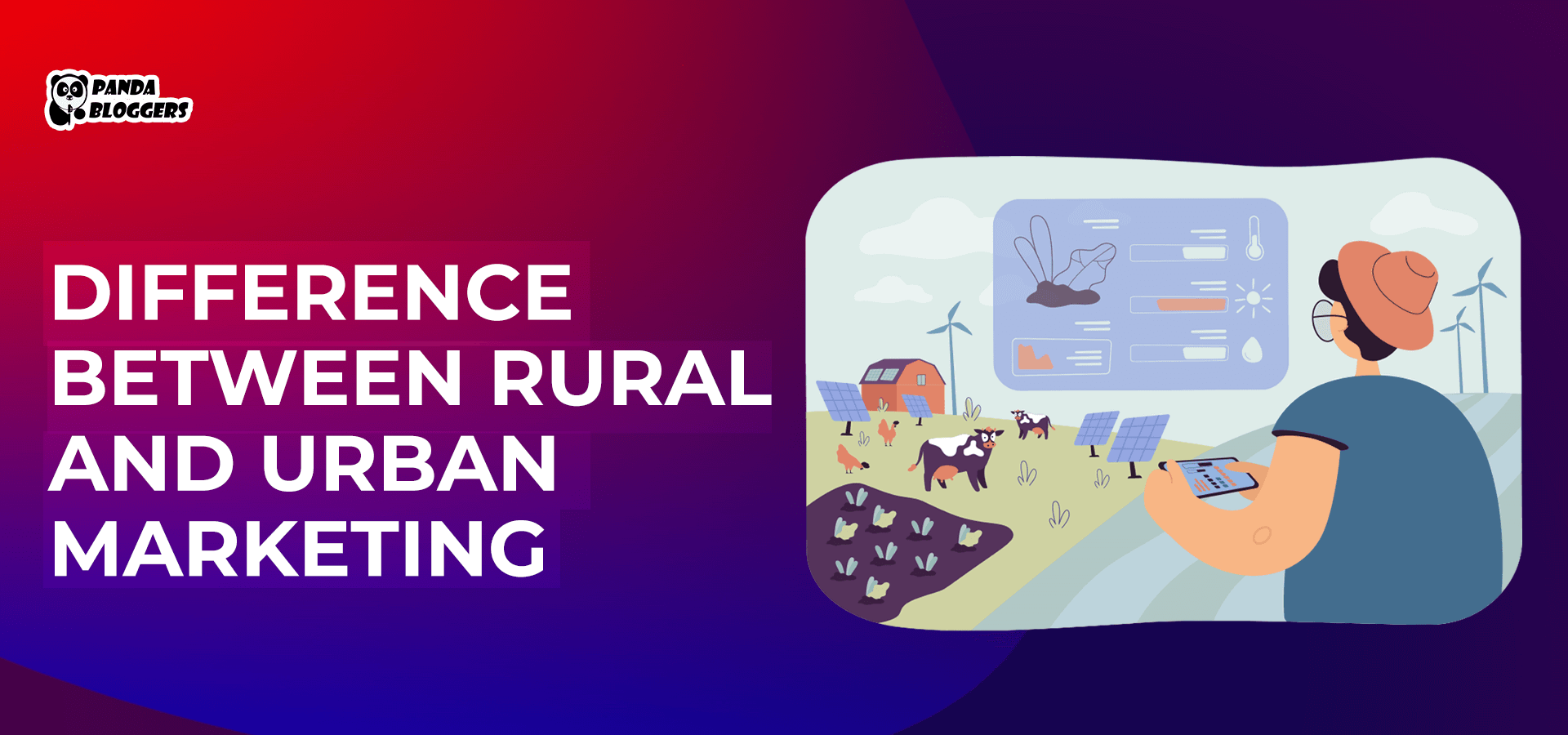 Consumer AI Frontiers That Will Actually Change Daily Habits (Not Just Headlines)
Consumer AI Frontiers That Will Actually Change Daily Habits (Not Just Headlines)
Most AI coverage still obsesses over model benchmarks or enterprise rollouts. That’s fine – but it’s not where the next wave of consumer change will come from. At street level, the bar is simple: does this help me finish something faster, cheaper, or better than before?
Here are five B2C AI fronts that do exactly that. They’re not “someday” ideas; the pieces exist now. If you’re building for consumers, these are the behaviors to watch.
1) Natural-language app creation (“vibe coding”)
Plain English → working software. Instead of wrestling with a no-code grid or writing boilerplate, you describe what you want (“a cozy habit tracker with daily streaks and a weekly nudge”), and an agent scaffolds a real app you keep editing by chatting.
This idea – often called “vibe coding,” i.e., intent over syntax – has moved from demos to shippable tools. Vercel’s v0 turns text (or images/Figma) into a production-ready UI you refine in a chat loop, while Replit is pushing “from prompt to deployed app” with Agent and AI builder flows.
Even mainstream press is treating vibe coding as a real category: Business Insider just profiled an iPhone app (“Vibecode”) that lets non-engineers create full apps and raised ~$9M to scale. Replit’s CEO is publicly leaning into the same trend.
What changes for consumers
- Micro-apps on demand. You stop waiting for a dev friend or trawling templates; you describe the thing, ship v1, and nudge it into shape over a weekend.
- More personal software. Because the builder is you, the app reflects your routines and taste, not a one-size template.
2) Prompt-to-play games & player-directed worlds
Same spirit, different medium: describe the feel, get something playable. Tooling is converging:
- Unity Muse adds prompt-based prototyping and asset generation directly in the editor.
- Roblox is pushing toward “4D generative AI” and launched Cube 3D for text-to-3D assets, with multimodal inputs on the roadmap.
- NVIDIA ACE and Ubisoft’s experimental NEO point to NPCs as autonomous teammates with memory/goals – not menu trees.
What changes for consumers
- Game nights become make-and-play nights. “Cozy platformer, low gravity, rainy ambiance” → an hour later, you’re iterating together.
- Communities become co-developers. Players tweak mechanics, art, and difficulty with language; creators ship updates at the speed of chat.
3) DM-native stores (your chats become the storefront)
People already message sellers. The frontier is finishing everything inside the thread – browse, pay, track, return – without being kicked to a portal.
Rails are here: Instagram added “payments in chat” so small businesses can take orders and payments directly in DMs; WhatsApp can now roll out UPI payments to all users in India after the cap was lifted; and Meta keeps layering AI tools for business on top of messaging. TikTok Shop proved social-native checkout can scale fast in the U.S. (multi-billion GMV in 2024).
What changes for consumers
- The thread is the cart. “I’ll take the blue in M” in WhatsApp/IG counts as an order, with one-tap pay and automatic updates.
- Service lives where the relationship lives. The same chat handles sizing questions, reorder reminders, and returns.
4) The auto-haggle wallet (bots that save you real money)
Nobody enjoys calling support to claw back $12. AI will do it – and not just for price drops.
Pieces already exist:
- Google Flights Price Guarantee automatically pays the difference if an eligible fare drops (with caps/terms).
- Capital One Shopping (Paribus) scans receipts and helps request refunds when retailers adjust prices or miss delivery windows.
- Klarna’s AI assistant has handled roughly two-thirds of customer-service chats (refunds, returns, payment issues) at scale – proof agents can resolve money problems, not just talk about them.
Stitch that together and you get a wallet that watches for savings across flights, hotels, bills, subscriptions – then files forms, sends emails, and logs receipts so you don’t have to.
What changes for consumers
- “Never pay list price” becomes the default. You get a ping: “Saved you $28/month – approve?” or “Fare dropped $37 – refund on the way.”
- Fewer phone trees. The agent negotiates, cancels, or price-matches with your consent and shows you the paper trail.
5) Formless services (returns, claims, bookings – done, not discussed)
Most “life admin” still lives in portals and PDFs. The leap is no forms at all: you forward a receipt and the agent gets the refund approved; your flight is delayed and it offers two rebooking options you’d actually pick; the school/dentist paperwork shows up pre-filled for review.
This isn’t sci-fi. Large-scale assistants already resolve a big chunk of service conversations end-to-end (returns, disputes, and refunds included). Meanwhile, OS-level agents – the kind that can click around your computer and phone like a person – are advancing quickly and raising new security questions, from adversarial UI attacks to agent identity controls. Translation: this future is coming, but it needs guardrails.
What changes for consumers
- Admin fades into the background. “Refund approved; pickup Tue 10–12.” That’s the goal.
- Trust UX becomes table stakes. People delegate happily if they can see what the agent knows, edit before sending, and revoke access with a tap.
The uncomfortable filter I’m using (and you should too)
If you strip away the hype, these five fronts have one thing in common: they finish things. Not a brainstorm, not a mock, not a vibe – an outcome. That’s the filter I’m using as a GP right now, and it’s the bar consumers quietly hold, too.
Here’s the weekly sniff test I ask teams to run:
- Did we finish a job this week? Refund issued, trip rebooked, micro-app shipped, level played – not a demo gif.
- Did we collapse steps? Fewer clicks, fewer forms, fewer “what’s my portal password?” moments. If it adds friction, it’s not AI; it’s cosplay.
- Did we put dollars or minutes back in the user’s pocket? If you can’t show savings or time reclaimed inside 30 days, keep going.
- Can the user see – and undo – what we remembered? Delegation rises with control. If memory is a black box, trust will kneecap you.
I’m not precious about models, frameworks, or acronyms. I’m precious about repeatable resolution – the moment a normal person says, “Oh, that’s done already?” The teams that win the next cycle won’t have the loudest launch thread; they’ll quietly remove the most drudgery inside the surfaces people already live in (DMs, browser, voice).
Build for that. Price the outcome. Log the receipts. Everything else is theater.








Leave a Reply